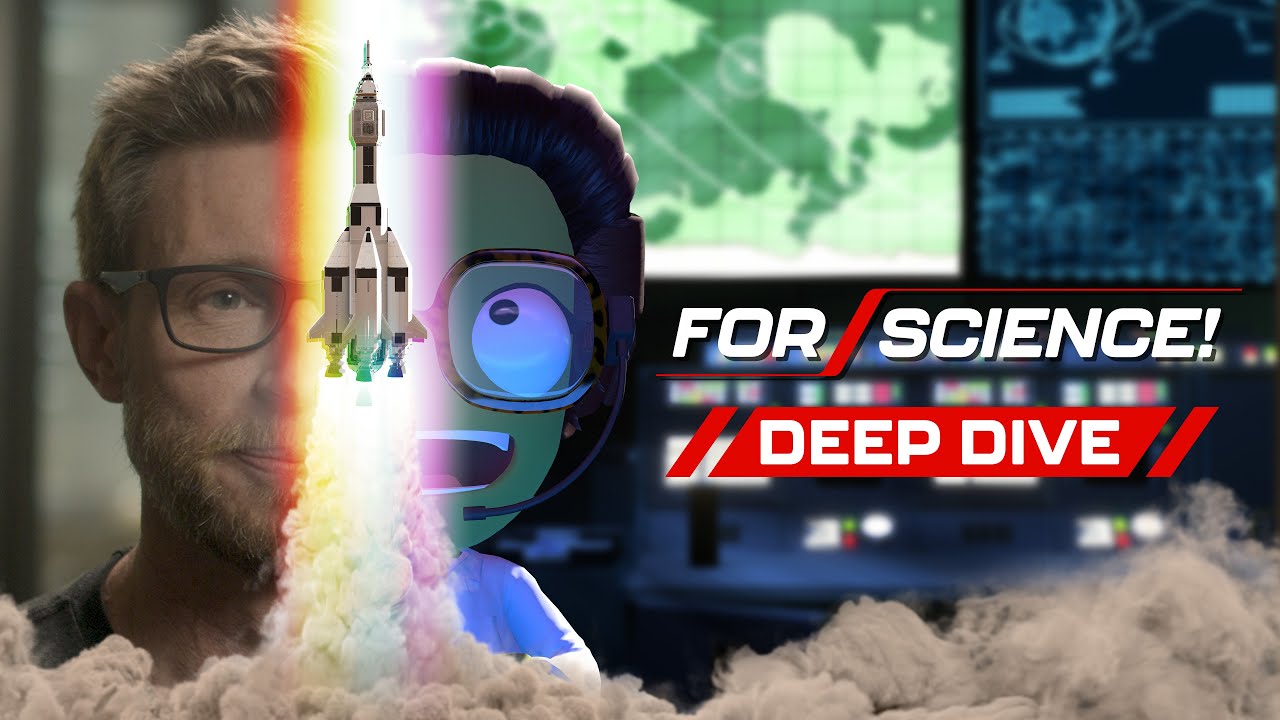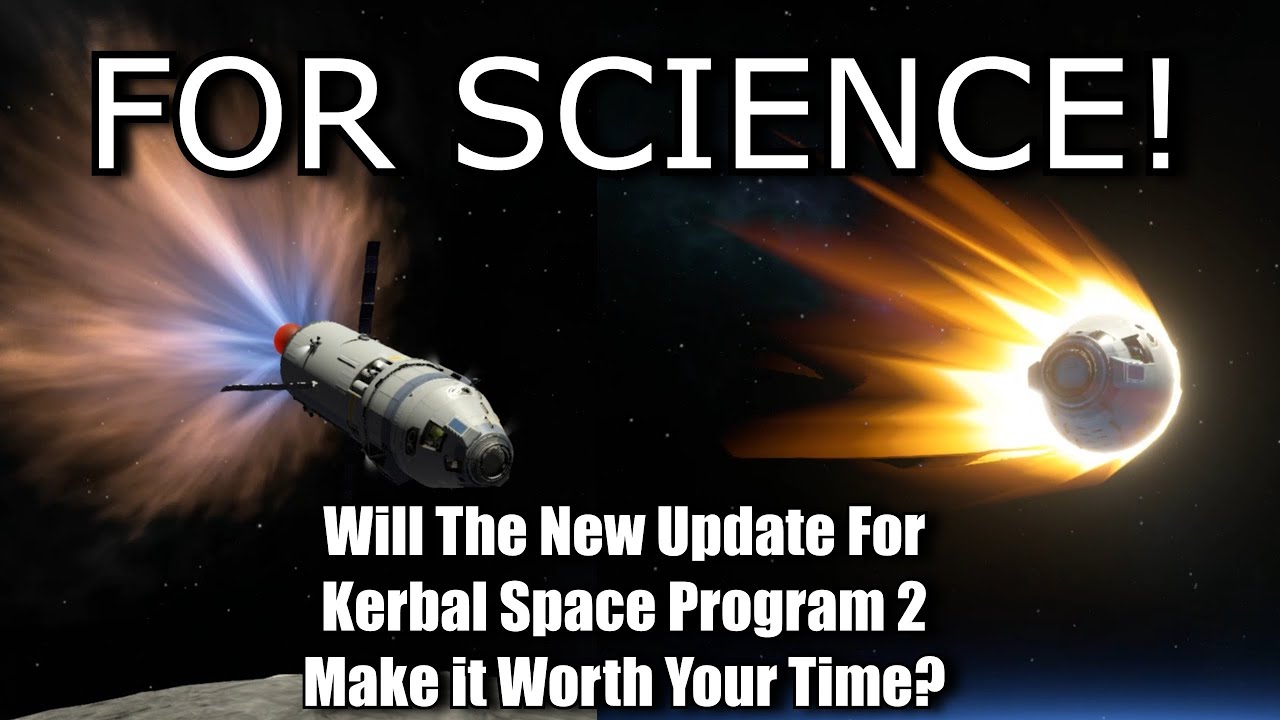In February, 2023 Kerbal Space Program 2 (KSP2) was released, successor to the original Kerbal Space Program (KSP) dating to 2011. Reaction to the release was mostly one of disappointment. After more than three years of delays after its announcement, KSP2 offered limited game play (only “sandbox” mode) with none of the complexity of KSP’s Science or Career modes, buggy operation, wobbly rockets, missing aspects of physics simulation, and very slow operation. The release was billed as “early access”, but launching a product at a premium price that was inferior in most regards to a predecessor more than decade old did not impress.
Now the developers of KSP2 have announced the first major update, “For Science!”, which re-introduces a version of KSP’s Science mode, where players fly missions to collect science which allows them to unlock components in a “tech tree” that allows building more complex craft and undertaking more ambitious missions.
Here is the announcement video from developer Intercept Games.
What was not mentioned is that much of the complexity that made the original KSP so engaging is still missing. There are no funding constraints for missions or the ability to earn funds by accepting and delivering on contracts. Recruiting crew and developing the skills of pilots, engineers, and scientists is absent, along with the advantages gained from assembling an elite corps of kerbonauts. With contracts and funding missing, strategies for trading off research and development, public relations, and outsourcing development are gone, and much of the rationale and advantages of building out orbital and interplanetary infrastructure for communications, science collection, and fuel depots doesn’t exist. Finally, the rich and deep expansions to the game possible by third-party modification kits do not exist for KSP2.
KSP2 looks beautiful (if you have the high-end graphics hardware it requires), but the game underneath is superficial compared to the original KSP, and will have a long way to go just to equal its depth.
Here is Scott Manley’s evaluation of KSP2.
Tim Dodd of Everyday Astronaut spent five hours live streaming his experiences with KSP2 starting seconds after its official release. This gives a good sense of what somebody with experience playing KSP will find upon encountering KSP2.
Unlike KSP, which runs on Linux, MacOS, Windows, PlayStation 2, and Xbox, KSP2 runs only on legacy proprietary Windows systems (64-bit only) and has a recommended hardware list including 16 Gb RAM, 60 Gb disc space, and an nVidia RTX 3080 or AMD Radeon RX 6800 XT graphics processor unit or better.


![How is KSP-2's new " For Science!" career mode? [LIVE]](https://scanalyst.fourmilab.ch/uploads/default/original/3X/3/1/316808cb12fbdf5d284ac7b45f25fffb7be59151.jpeg)